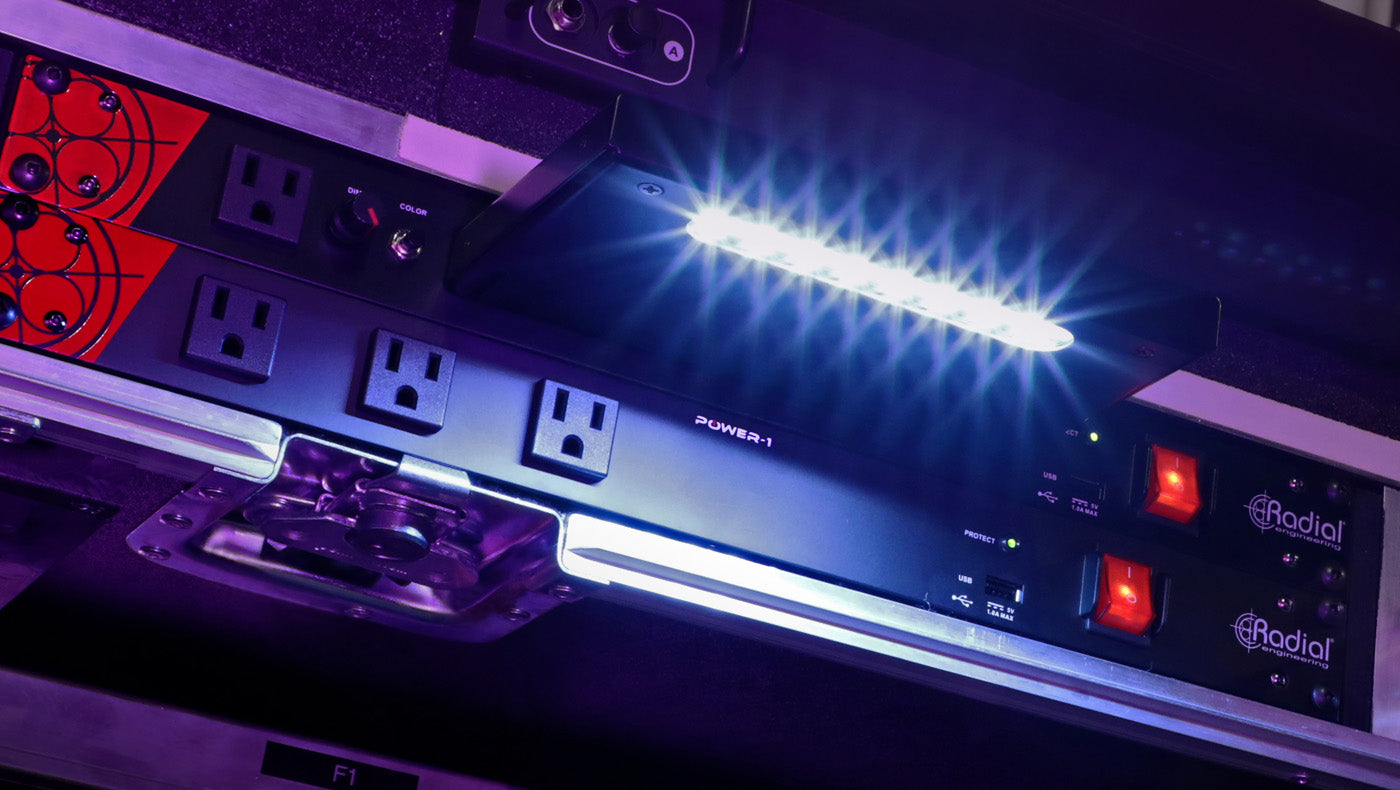When I first started recording, one of the instruments I had a really hard time getting to sound good was my acoustic guitar. I always heard a strange resonance, I didn't know how to EQ it and it never fit in my mix well. Through years of experimenting and practice, I have found a set of tricks I use to get better recordings every time. Today, I'm going to share some of my secrets to getting better acoustic guitar recordings.
1) A Good Instrument
I don't mean to state the obvious, but the instrument makes all the difference in a recording. Other than practice, it is the first thing you should be thinking about when you start recording. It's a lot easier to make a Taylor guitar sound good than a much cheaper guitar. Not to say you can't make inexpensive gear sound good, it just takes much more work. A good guitar and a fresh set of strings go a long way.
2) Good Microphones and Preamps
The next part in the signal chain is the microphone and preamp choice. Microphones and preamps have a significant impact on your sound, almost as much as the instrument itself. The same rules that apply for instruments also apply for microphones; It is much easier to make good microphones sound good. Depending on the mix, you may decide to use two small diaphragm condenser microphones, one large diaphragm condenser, or one of each. The preamps built-in to many interfaces are very clean and will get you a great start. However, branching out to dedicated preamp units can take your recording to the next level. Check out how in
this article.
3) Microphone Technique
Where you place the microphones is just as important as which ones you choose. Even the smallest movement in microphone placement can drastically alter the frequency response. Typically, I record acoustic guitars in stereo with a pair of
AT4041's, very natural sounding microphones, using the 3:1 ratio. One is aimed toward the 12th fret and the other at the bridge. Another good technique with a large diaphragm cardioid condenser is positioning it in line with the sound hole, but rotating it toward the 12th fret. This way, it captures the fullness from the body and the clarity of the neck and string harmonics. I usually keep the mics at a distance of 10-18 inches away from the guitar because no one listens to a guitar from 3 inches away. The idea I keep in my head is to portray the instrument as people would naturally hear it if they were in the same room.
4) Room Mics
Any live audience member in the same room would hear the guitar in combination with reflections from the walls. Depending on your space and the inputs you have available, room mics would be a great addition to your recording. They are a more natural sounding reverb. The space you are in really makes a huge difference. Microphones can be placed in the corners, as overheads or just as distance microphones in conjunction with the close mics and can be blended in the mixing stage. Even if you don't end up using it, it's better to record and not need it rather than need it and not record it.
5) EQ and Compression
Most acoustic recordings use very little processing in order to sound more authentic than a rock or metal mix. The mixing tricks I've found most useful are subtractive EQ and compression with a low ratio. When EQ'ing (if at all), I boost a band and search for the frequency range that doesn't sound good and then reduce the gain of that band by 2-4 dB. If I take out the frequencies I don't like, that only leaves the ones that I do like. Boosting frequencies often creates unnatural artifacts, so I try to boost as little as possible. Compression settings heavily depend on the song. My starting place is a ratio of 1.5:1 with a 10-15ms attack with 30-40ms release (of course, depending on the song and other instruments involved). In some cases, the auto attack and release is a great place to start. then I slowly bring down my threshold until I like how the compressor is working. These are just a few tips we have for making better acoustic guitar recordings. For more tips on recording and mixing, check out
these articles. If you have any questions or comments, feel free to call us at 855-269-0474 or stop in our store in Downtown Appleton!


